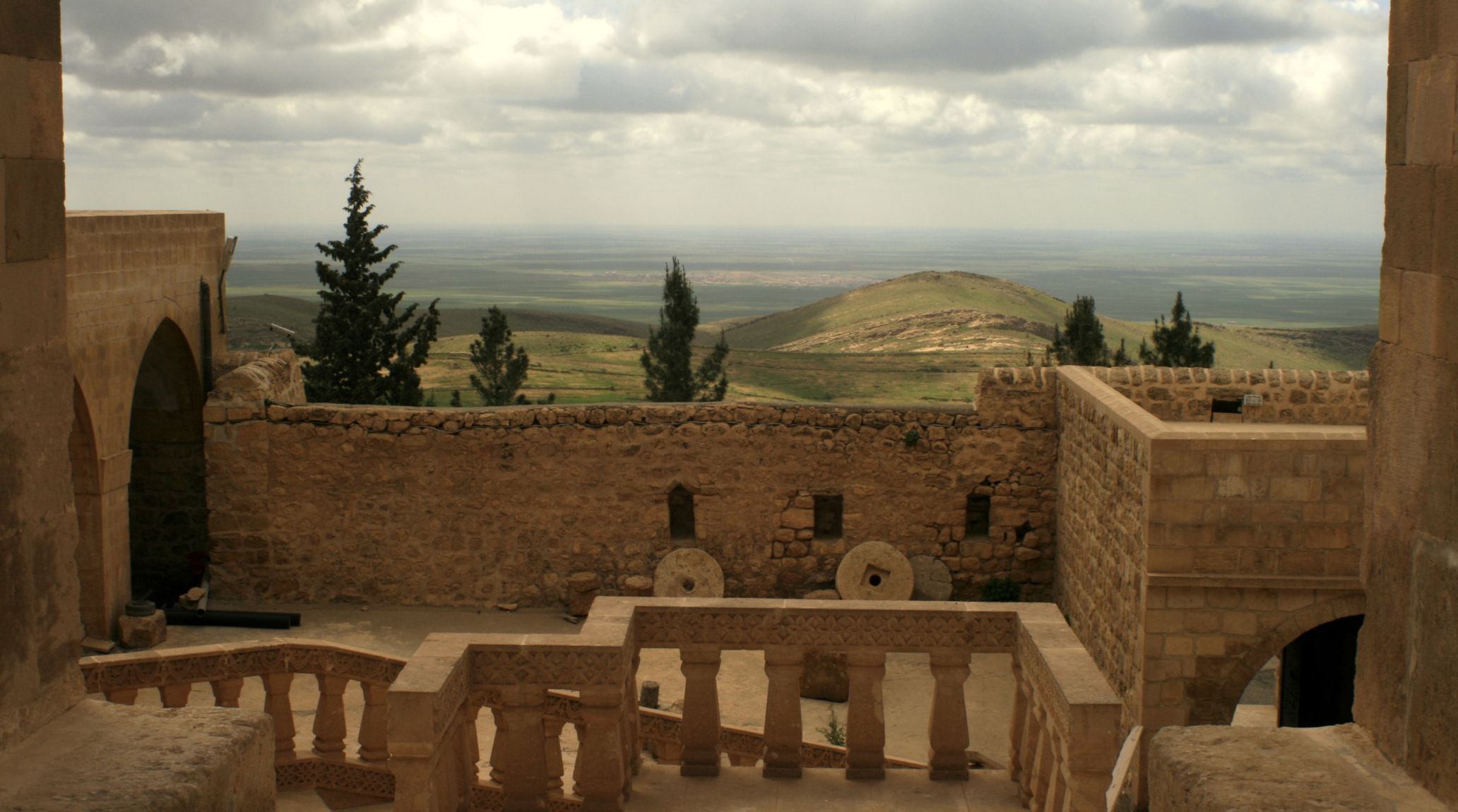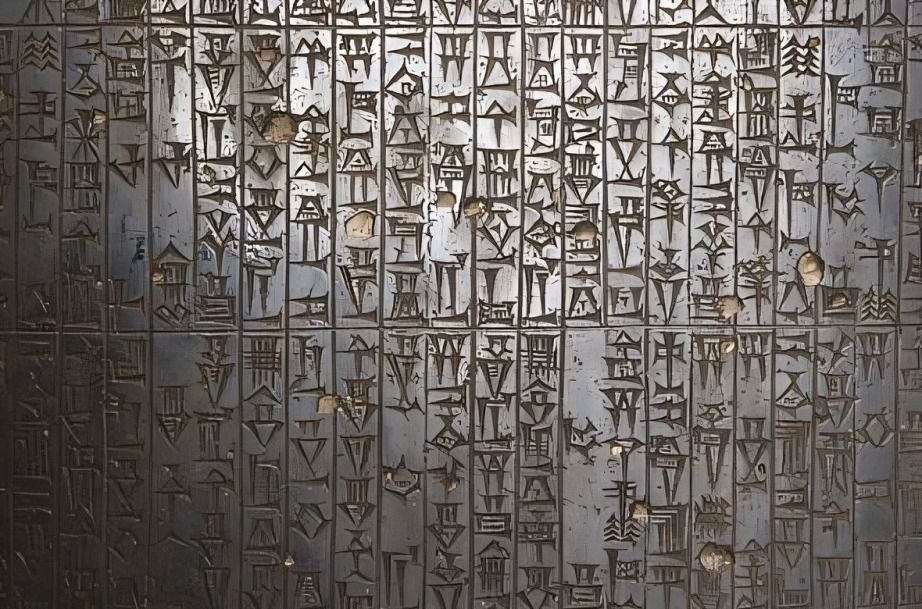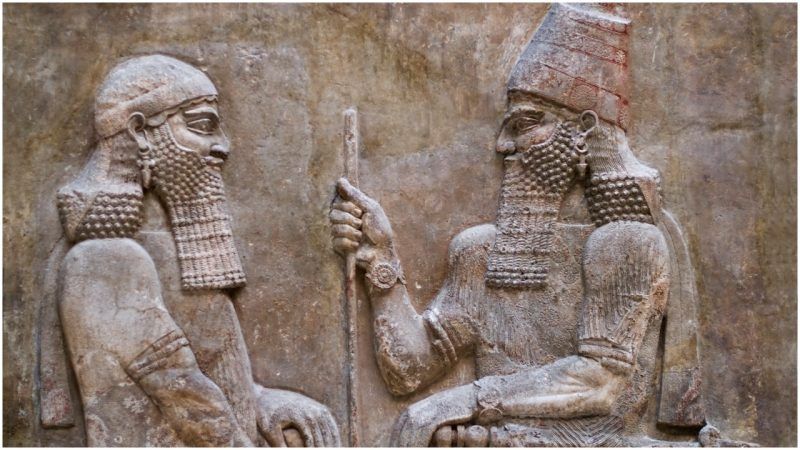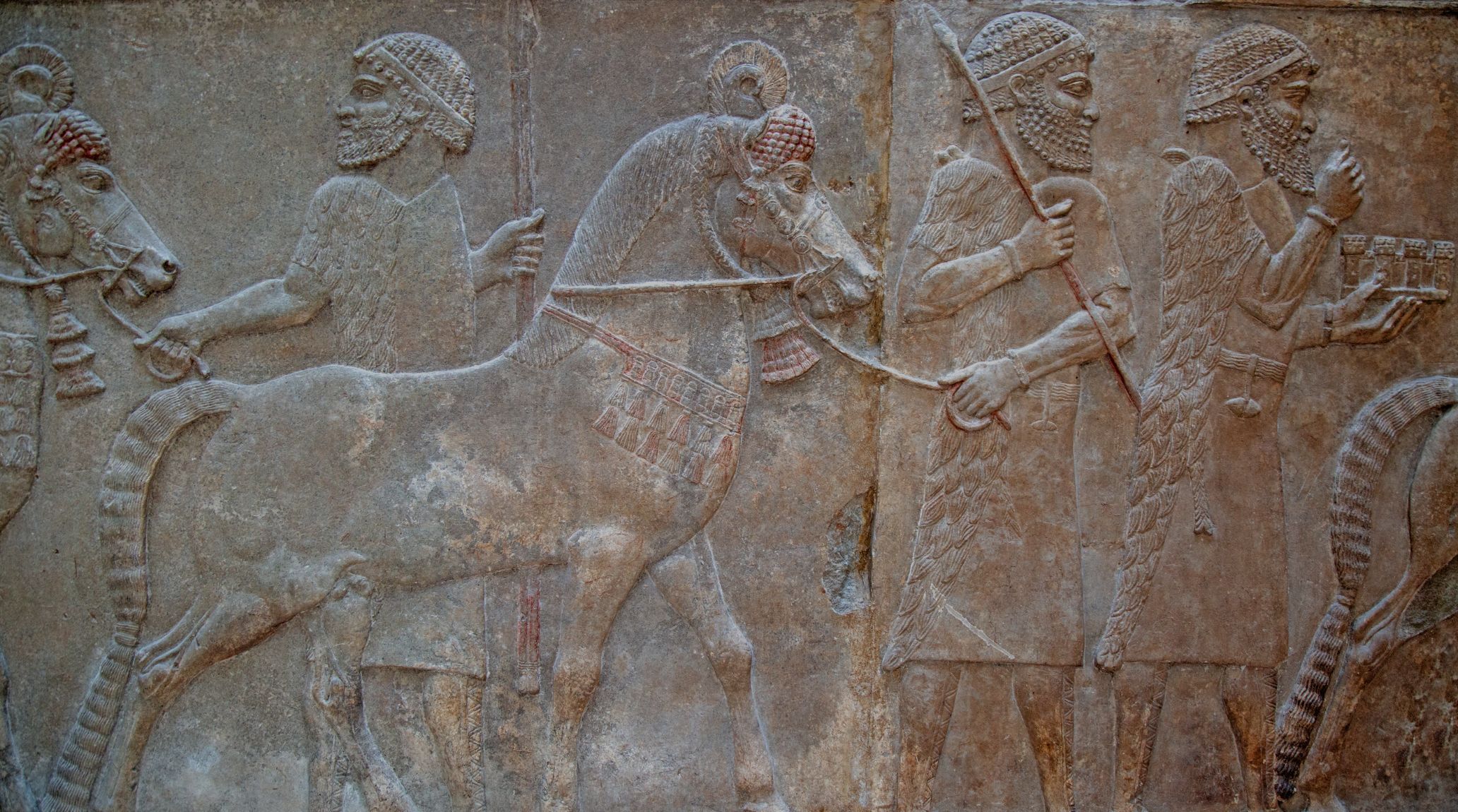
“
Law and order in Mesopotamia played a crucial role in shaping early civilization. The Code of Hammurabi, one of the earliest known legal codes, provided a structured approach to justice and governance. In this blog, we’ll explore 20 fascinating Facts About Law and Order in Mesopotamia, revealing how these ancient regulations influenced the administration and societal norms of one of history’s earliest urban cultures.1
1
”
Ancient Mesopotamia, located between the Tigris and Euphrates rivers, is credited with some of the earliest known laws, including the Code of Ur-Nammu, which dates back to around 2100 BCE, predating Hammurabi’s Code. 1

Hammurabi’s Code, created around 1754 BCE, is a renowned Mesopotamian legal document. It included 282 laws on property rights, trade, family law, and criminal justice and established the principle of 'an eye for an eye.
The Mesopotamian legal system was highly stratified, with punishments varying by social class. Free citizens, commoners, and slaves faced different consequences for the same crime, reflecting the hierarchical nature of Mesopotamian society. 2
Women in Mesopotamia had certain legal rights, such as owning property, running businesses, and initiating divorce. However, their legal status was still subordinate to men, and laws were stricter for women in matters like adultery.3
Contracts were vital in Mesopotamian society, covering marriage and trade. Written in cuneiform on clay tablets, these legally binding documents were enforceable by courts, demonstrating the advanced nature of Mesopotamian commerce.4
Temples played a central role in Mesopotamian governance. Priests often acted as judges, settling disputes and overseeing the enforcement of laws. The temple was not only a religious center but also a hub of legal and economic activity.5
The Mesopotamians believed that their laws were divinely inspired. Kings claimed that their authority to govern and enact laws came directly from the gods, who were seen as the ultimate source of justice and order.6
The Mesopotamian legal system included provisions for labor and wages. Laws regulated the amount of work expected from laborers and the payment they were entitled to receive, ensuring a measure of fairness in economic transactions.7
Mesopotamian laws were enforced by judges, scribes, and law enforcement agents. These officials maintained order, collected taxes, and ensured the king’s decrees were executed, playing a vital role in the legal system.8
Punishments in Mesopotamia could be severe, ranging from fines and corporal punishment to death. The type of punishment often depended on the social status of both the victim and the perpetrator, as well as the nature of the crime.9
In Mesopotamia, oaths were crucial for resolving disputes and affirming truth. Swearing before the gods was believed to invoke divine retribution for falsehoods, reinforcing the seriousness of one's statements.10
Trade and commerce were heavily regulated by Mesopotamian law. The government set standards for weights and measures, established prices for goods, and enforced contracts, ensuring a stable and predictable marketplace.11

Mesopotamian kings often issued legal reforms to address issues of corruption and injustice. These reforms could include the cancellation of debts, the redistribution of land, or changes to existing laws to better serve the interests of the state.
The concept of justice in Mesopotamia was closely tied to the idea of maintaining cosmic order, or "Maat." The king was seen as the earthly representative of the gods, responsible for upholding this order through fair and just governance.12
Inheritance laws in Mesopotamia were well-defined, with property typically passing from father to son. However, daughters could also inherit if there were no male heirs, and widows were often granted a portion of their husband’s estate.13
The Mesopotamians had specific laws regarding slavery, which was a common practice. Slaves could be bought and sold, but they also had some rights, such as the ability to own property and buy their freedom under certain conditions.14
Mesopotamian law included detailed provisions for family matters, such as marriage, divorce, and child custody. For example, if a wife was unable to bear children, her husband could take a second wife, but the first wife retained certain rights.15
The concept of "lex talionis," or the law of retaliation, was central to Mesopotamian justice. This principle dictated that punishments should mirror the crime, aiming to ensure that justice was proportionate and deterrent.16
Mesopotamian society placed a strong emphasis on collective responsibility. For instance, if a member of a community committed a crime, the entire community could be held accountable, reflecting the interconnected nature of social life.17
Mesopotamian law codes were influential beyond their own time and place. Elements of these ancient legal systems can be seen in later legal traditions, including those of the Hebrews, Greeks, and Romans, showing their lasting impact on world history. 18


